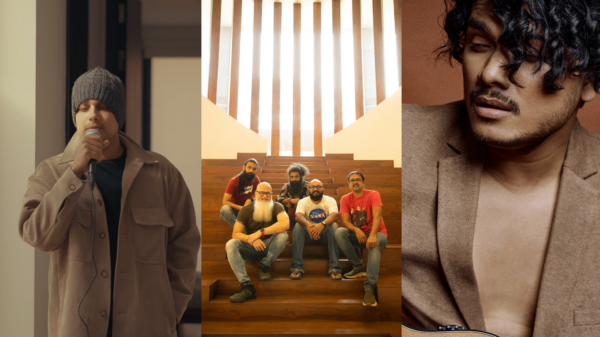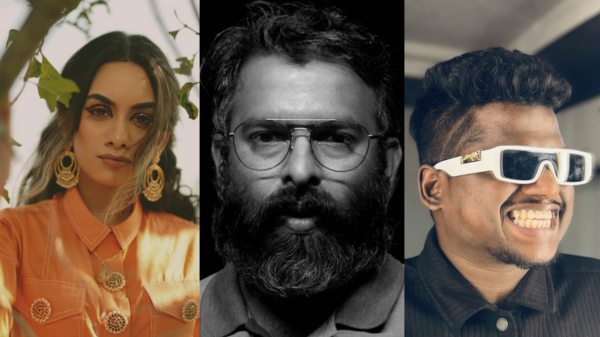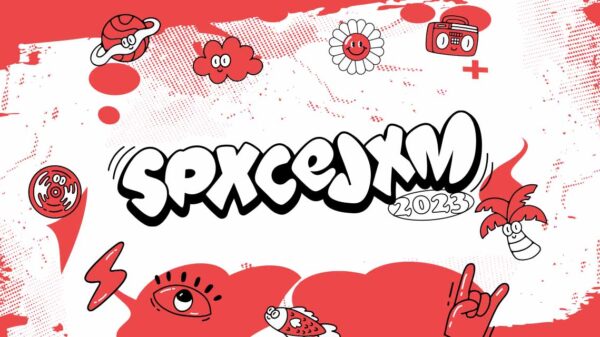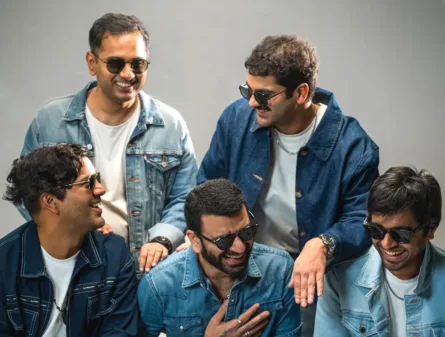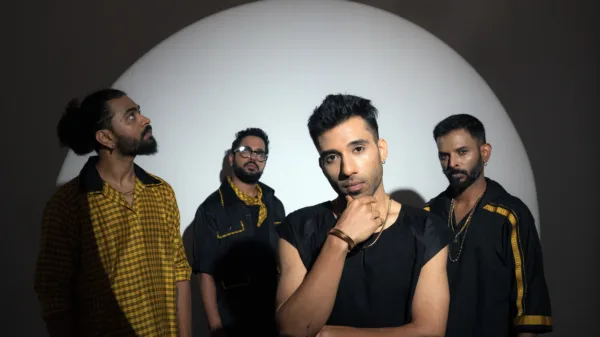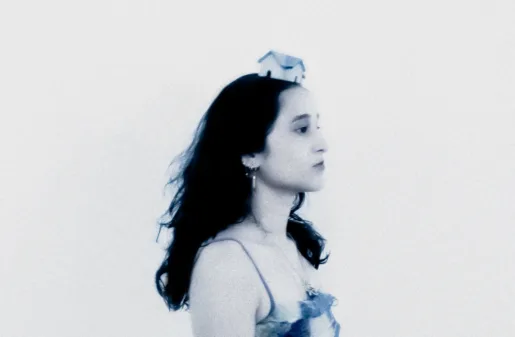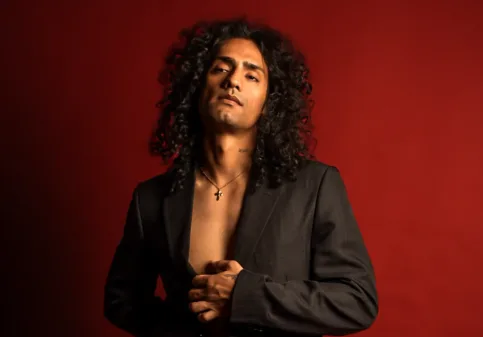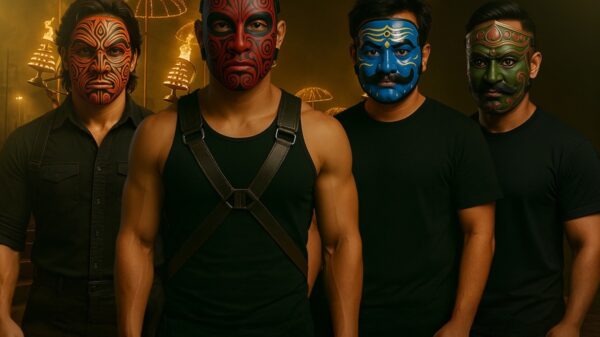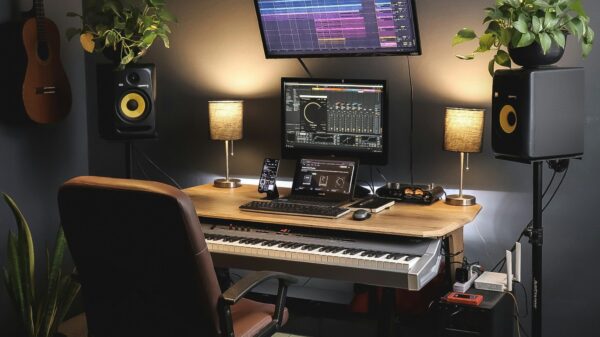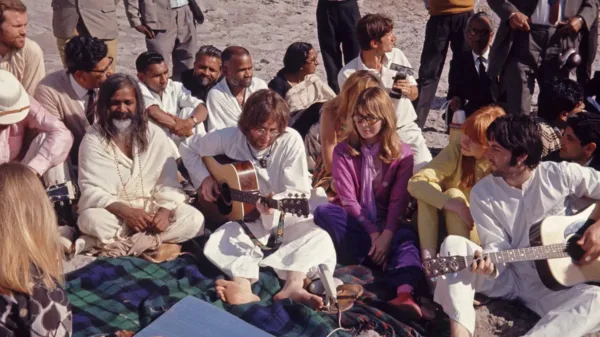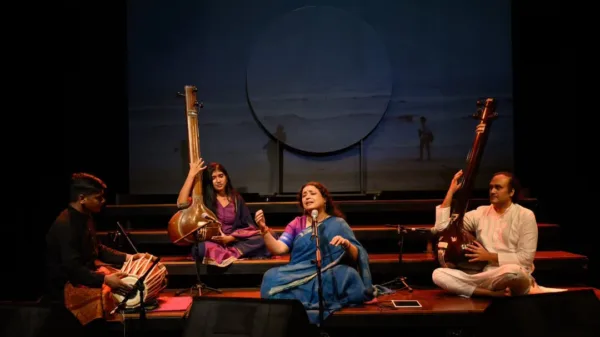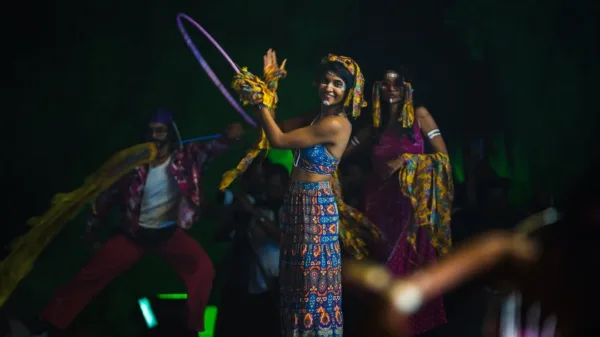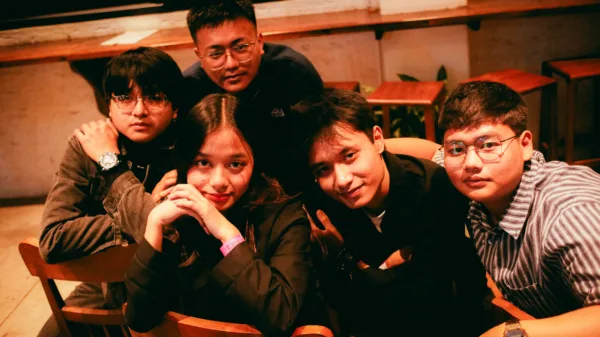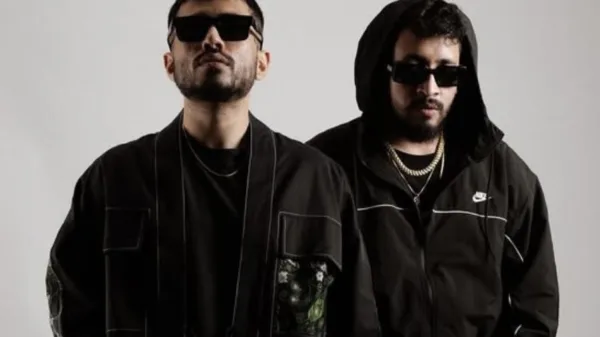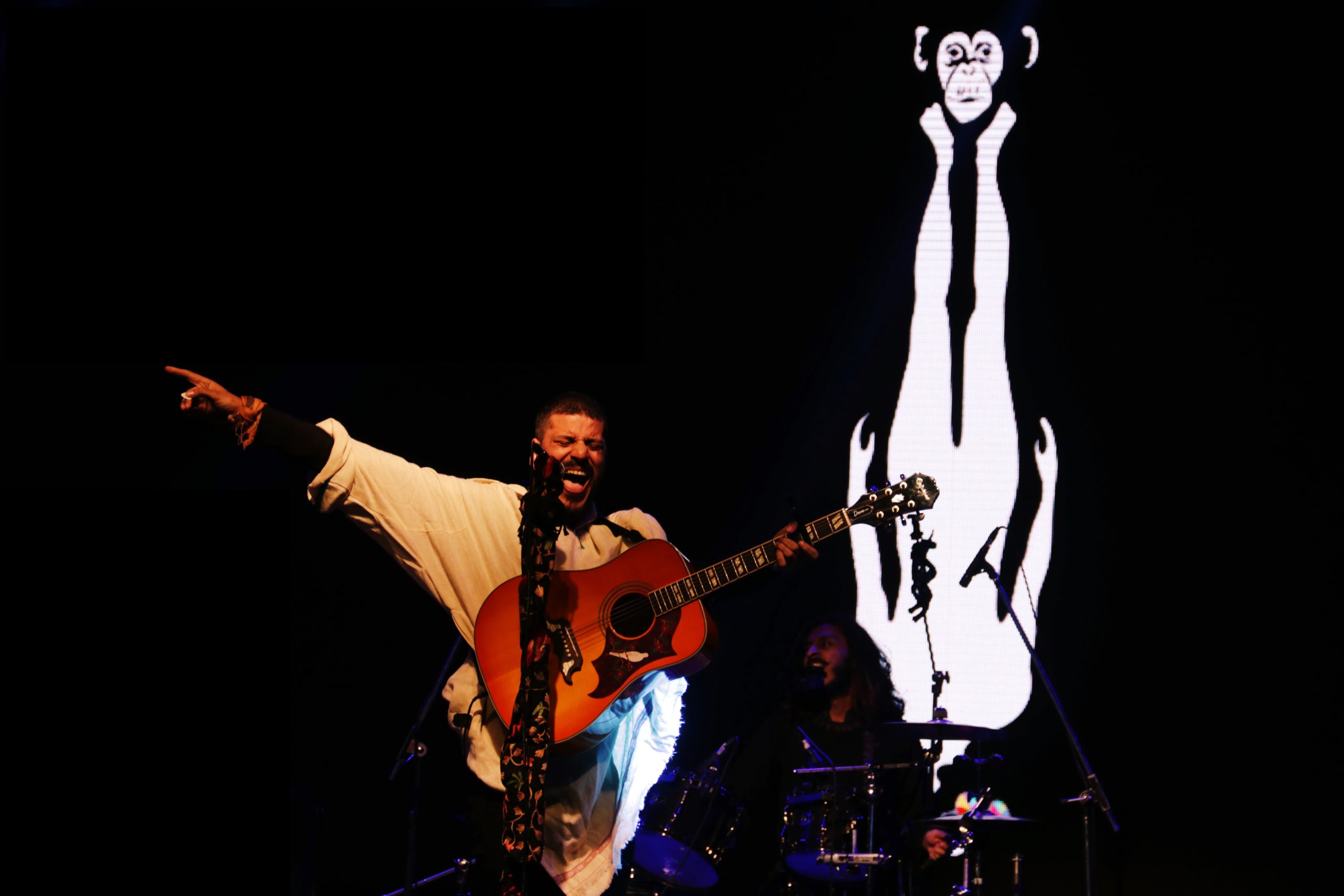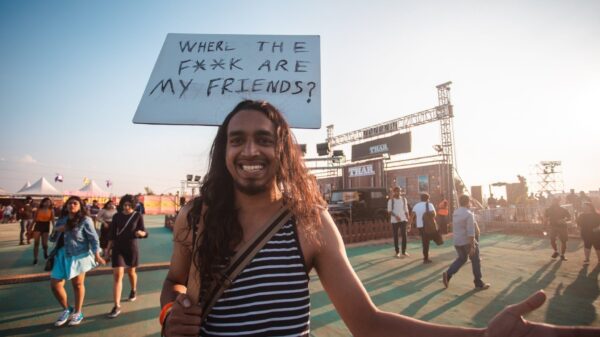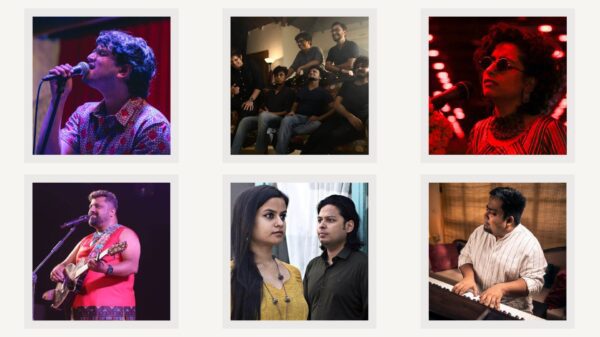‘Haal’ is the first instalment in the band’s double-sided album, ‘Siyah’, which contains eighteen tracks and is divided into four EPs.
In the age of music streaming, the length of Siyah, Alif’s second album, is far from conventional, much like the majority of their work. The band embodies a sufi spirit and is unique for merging contemporary rock music with Urdu/Kashmiri poetry readings, ethnic sounds and conceptual storytelling.
Siyah is a collection of compositions which had accumulated with the band since their formation in 2008. The group includes keyboardist Hardik Vaghela, guitarist and esraj player Aman Moroney, drummer Karan Chitra Deshmukh, bassist Amit Gadgil and vocalist, songwriter and poet Mohammad Muneem, who says, “We have been doing this for a long time and thought there was no point in shelving the compositions anymore. You never know what will happen in the future. So, we decided to put out as much of our work as possible.”
Haal, first of the four parts of Siyah, was released in May and consists of four songs that deal with matters like the loss of childhood (Khilona), social media and trolling (Zindabad/Murdabad), helplessness (Dilgeer) and self-acceptance (Shaand). Each track begins with spoken word poetry, reflecting on the theme of ‘Siyah‘, which means ‘black’ in Urdu. It stands for darkness (of our human condition), a notion Muneem deeply resonates with.
In Siyah – Haal, electric guitar, bass and drums synergise with traditional instruments like rabab, shehnai and esraj to create a moving experience. Even words reek of music. Written in Urdu and Kashmiri, the lyrics might be lost on a listener unfamiliar with these languages. But, the band makes up for it with a mesmerising series of videos.
Alif’s affinity for visual storytelling is not new. A large part of their music, including popular singles like “Ride Home” and “Hosh Ha” are accompanied by conceptual videos. “Visuals are another vehicle of expressing ourselves. It’s all storytelling in the end. So, this felt natural,” says Muneem, who doubles as a scriptwriter and actor for the band’s videos. In Haal, he also wears the director’s hat alongside Ruman Hamdani.
The visuals were shot across the infamous saffron fields, Doodhpathri and Dal lake in Kashmir, Muneem’s homeland. “We stitched the whole film based on the feeling of each song. The idea was to create a mismatch by placing ordinary objects in extraordinary surroundings,” he says. The film opens with Muneem and his supposed younger self, played by Jiyaad Owais, seated upon a sofa, wearing three-piece suits in the middle of a meadow.
“For about a week, I and Hardik (executive producer) would leave at five in the morning every day to reach the location which was a couple of hours away from my house. We had to shoot in the natural light because there wasn’t enough budget for production. We were our own cameramen; our own spot-boys,” Muneem chuckles.
The film is minimalistic and clever. It communicates complicated ideas through simple metaphors and symbols. In the track “Khilona”, a Rubik’s cube signifies the complexities of one’s life and in “Shaand”, a confined space with one chair at the centre represents one’s mind. “I am a big fan of things that have hidden nature to them. It’s beautiful how they can mean different things for different people,” says Muneem. When asked why he chose ‘darkness’ as the album’s theme, he responds, “Hasn’t darkness ever been a source of strength for you? Siyah is where everything occurs, where light emerges. We might as well celebrate it.”
Maazi, the second part of Siyah, is expected to release next month.

